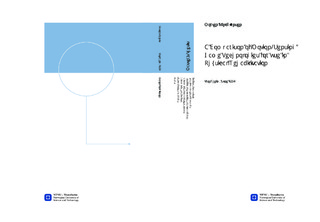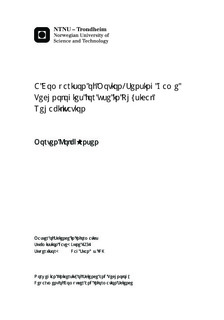| dc.description.abstract | In this thesis we evaluate the use of Wii, Kinect and Move for use in physical rehabilitation. The goal of this thesis is to evaluate the feasibility of these low-cost commercially available motion-sensing devices for rehabilitation and to explore what strengths, weaknesses and challenges exist in that use. This is guided by two perspectives, the technical feasibility and the feasibility as viewed by physical therapists, on this basis we construct some high level guidelines for the implementation of games for physical rehabilitation.This thesis uses the interpretive approach and qualitative methods, this is instantiated with the use of Research Through Design. Some qualitative methods applied were a focus group, interviews, questionnaire and prototyping. The prototype artifacts are used to provide concrete embodiments of theory and technical opportunities, these artifacts also serve as a conduit for transfer of the research. The prototypes are used to evaluate the technical feasibility of the Wii, Kinect and Move based upon specified requirements in physical rehabilitation. The author presents a set of high level quality attributes for evaluating the capabilities of the various sensors and libraries in the context of two games developed for physical rehabilitation. The Wii, Kinect and Move all have different strengths and weaknesses for the usage scenarios specified.Next, the prototypes are used as starting point for evaluation by the expert panel in a focus group, the focus group consisted of three physiotherapists. The physiotherapists found the motion-sensing technology very promising but could not determine on a general basis which device is the most suitable since each patient have very different individual requirements to his therapy depending on the level of injury. The experts also stated some of the most promising areas of this augmented rehabilitation was the motivational, social and tactile facets. The experts found some of the typical commercial games to be too focused on the fun aspect, lacking in concise direction of exercises, and, lacks the needed adjust-ability to the difficulty.Based upon the technical evaluation and the expert panels feedback, the author suggest a list of guidelines for aiding construction of serious games for rehabilitation. | nb_NO |

